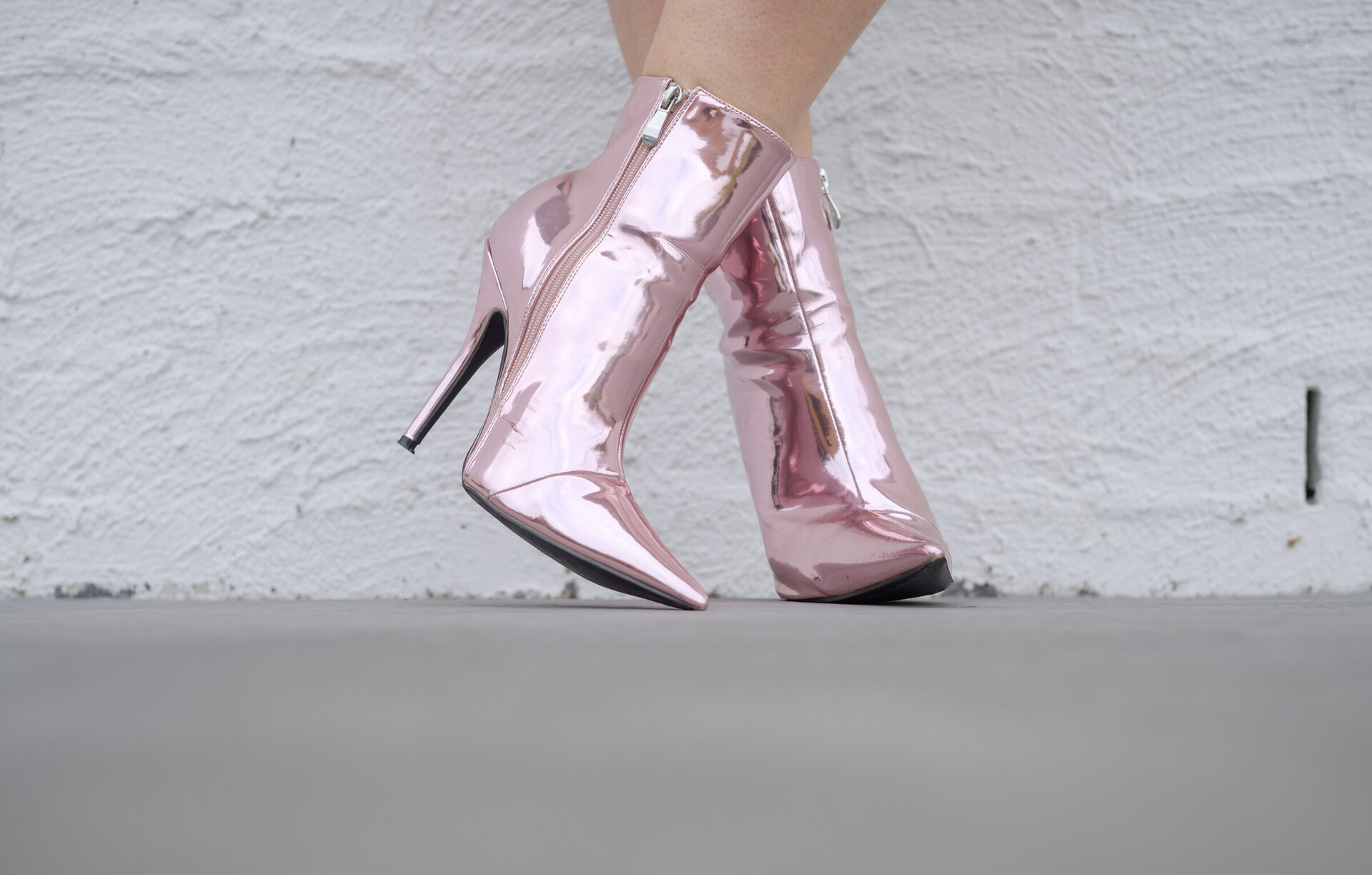Last week I wrote a newsletter which focused on budgeting. More specifically the zero-based budget, as this is the one, I find to be most effective for me. I had a few people contact me to ask what other budget methods are out there. So, this week I decided to write all about budgets.
Budgeting isn’t a “one size fits all” and is very personal to each individual. I used to think I was terrible at budgeting because I could never seem to stick to it. Turns out I was just following a budget that wasn’t right for me. Once I played around and found one that worked for me, I was on my way and haven’t looked back!
I have listed the 5 main budgets that I tried and explained a little bit about each of them. This is in no way the only ways to budget. If you read through this and find out that none of these work for you, please don’t give up! Keep searching because I promise you that there will be a budget out there for you.
Zero Based Budgeting
The concept of this is simple, every $1 has a job.
All expenses for your budget period (weekly, fortnightly or monthly) have been accounted for. The budget can remain the same or fluctuate. This means that every dollar that comes in will be allocated to either expenses, debt and savings.
This method is the one that works for me the best and something I have used for the last few years.
50/30/20
The concept of this is broken down below:
- 50% to needs
- 30% to wants
- 20% to financial goals
Needs are categories like rent, groceries, utilities, and basic living costs.
Wants are categories like hobbies, vacations, dining out, Netflix and anything else you don’t actually need to survive.
Financial goals are things like savings plans and debt repayments.
This type of budget is fantastic for people who are trying to cut expenses and get used to budgeting. My advice would be to start with 5% then 10% as it can be really daunting to just straight away try and move 20% into savings.
I leaned away from this style of budgeting as I found it was too mentally restrictive in the end. Once I had reached my 20% I didn’t feel the need to move any more money into the financial goals. This was counterproductive for my debt journey so I moved onto a different style.
Cash Only (envelope system)
The concept of this is simple. You take your spending money out in cash and allocate it to each categories cash envelope. For example, groceries, bills, etc.
This method can help reduce over spending or unnecessary spending by not allowing you to use bank cards. Once the cash is gone then it is gone.
I tried this method right at the beginning but realized it wasn’t for me. At the time I was being paid monthly and I don’t like having large amounts of cash lying around in envelopes.
Spending first
This concept means that you are prioritizing your spending (both for needs and wants) over savings and debt payments. It’s actually a budget that most people start with – whether they know they are doing it or not.
When you have a low cash flow this method is perfect as it makes sure most of your immediate living costs are taken care of. Over time it can get hard as you have very little saving stores to fall back on if something was to happen.
I started with this method right at the beginning of my journey as I had very little money coming in and lots of expenses. I moved away from it as soon as I freed up some of the finances.
Saving first
This concept is opposite to the spending first. In this strategy you make sure you put money away into your savings first then spend whatever is left. It’s a useful budgeting system if you are trying to kick a spending habit. You can set whatever savings goal you like then head in that direction.
I tried this budget early on (after the spending first budget) but since I had so many debts at the time it wasn’t helpful for me.
Once again, these budget styles aren't the only ones available. You also don’t have to stick to these methods 100% – if you find that some of one style and some of another works for you then do that.
There is no right or wrong answer.


